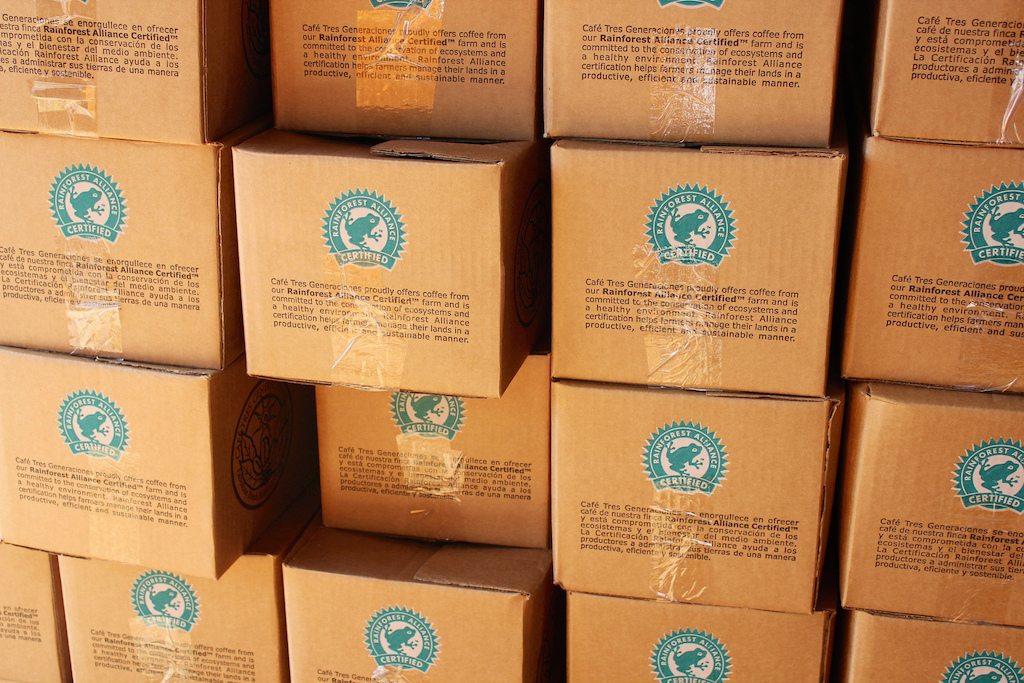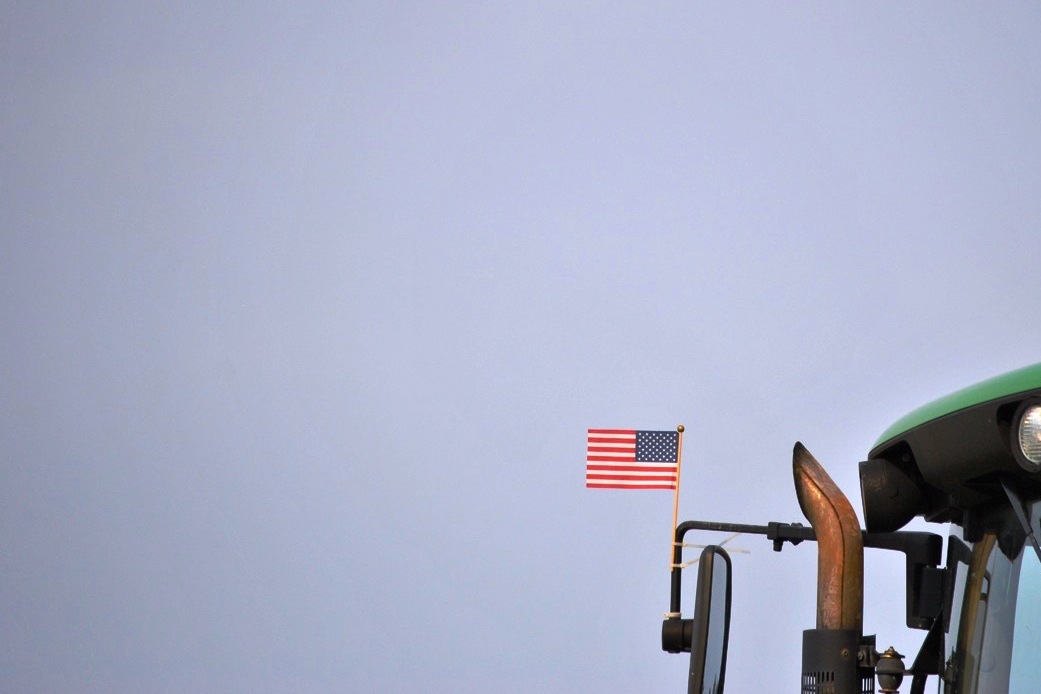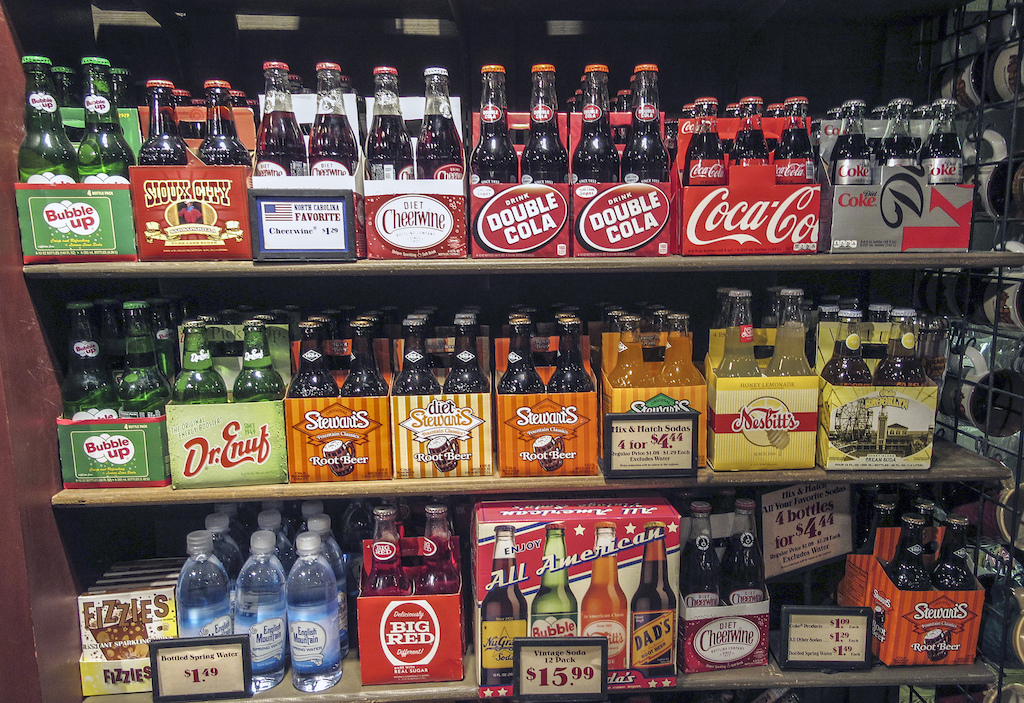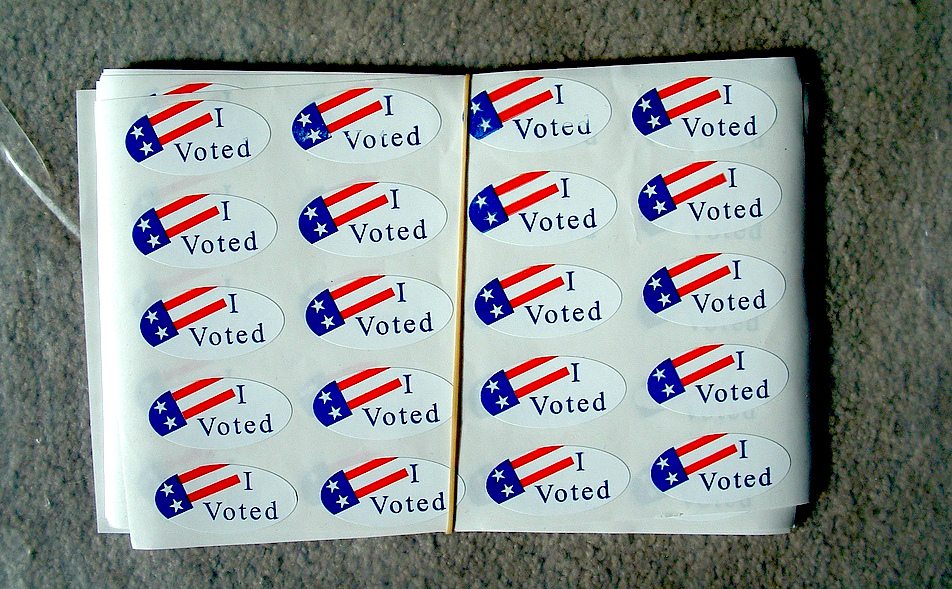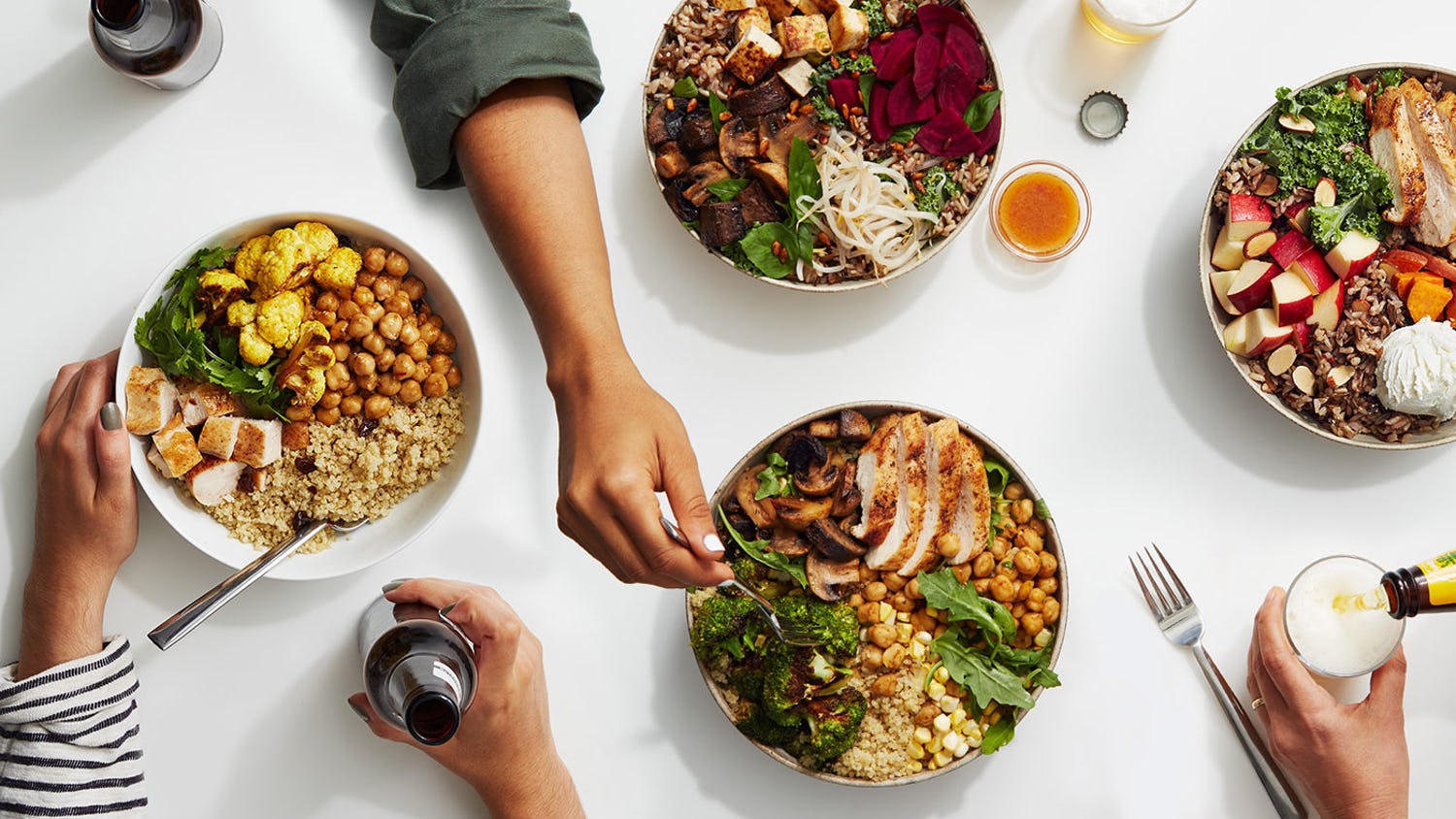What could be conceptually simpler than labeling a food product? You tell the customers what’s in the product, or maybe what’s not in it, or maybe what you did to manufacture it—or what you didn’t. Sugar-free, protein-rich, bird-friendly, shade-grown, non-GMO, made with organically grown crickets, anything you like. Just inform the buyers and let them make rational decisions.
The problem, of course, is that human beings are apparently not designed to make consistently rational decisions. And that’s true even when we’re dealing with apparently objective information like the claims we find on food labels.
If you’re not persuaded, you might want to check out “Labeling Food Processes: The Good, the Bad and the Ugly” by Kent Messer, Marco Costanigro, and Harry Kaiser, just published in Applied Economic Perspectives and Policy. The article provides an up-to-date review of the evidence on how food labels—and especially the “free-from” and production-oriented labels (fair-trade, dolphin-safe, and the like) actually affect consumers.
It’s not all encouraging, so let’s stop for a minute and acknowledge what a blessing labels can be for people with specific needs—and how complicated it can be to get the information you need out of them.
I learned that lesson first-hand. When my wife, Sue, was diagnosed with celiac disease 20 years ago, gluten-free wasn’t a thing, and for a few years we had a hard time figuring out what we should buy and what we shouldn’t. There were very few dedicated gluten-free products, mostly dreadful crackers and slimy pasta that seemed always to be out of stock in a succession of failing health food stores. Family restaurants were a lost cause: No one who worked there knew what we were talking about or what was in their food.
So we cooked a lot and learned to read labels—and to predict the things that were going to be left off the label. If a sack of corn chips said it was made of pure corn, you still had to worry about the oil. Canola, at the time, had a bad reputation among celiacs. Blue cheese never listed wheat as an ingredient, but the mold spores used in making it were raised in a culture containing gluten. Vodka? Only potato—and good luck finding that out from the label. Condiments were the worst. The conventional wisdom was to avoid any vinegar made from wheat or barley—which is a lot of the distilled vinegar used in condiments. I spent hours reading mustard labels, looking for one that said “cider” or “wine.”
It’s gotten easier. More foods have tested clean—canola, blue cheese, and distilled spirits and vinegars are all thought to be okay now. But the biggest blessing is clear “gluten-free” labeling. No more wondering whether “caramel coloring added” conceals a wheat-based product. No wondering whether the mustard flour in your creamy Dijon contained wheat flour to prevent clumping. The gluten-free label tests for the presence of gluten in the final product. As long as the manufacturer gets it right (and they sometimes don’t) you’re fine.
Of course, there are goofy-looking gluten-free labels. Gluten-free peanut butter? Gluten-free vodka? (That’s right, Tito, I’m talking about you.) Gluten-free turkey breast? None of them should contain gluten in the first place. The label ought to be completely extraneous.
One problem, of course, is that cross-contamination is rife in food manufacturing. (Actually, if you shop for a celiac, you come to think of food factories as places where a shower of flour sifts continuously onto the production line.) Another is that processed foods have a way of sneaking in gluten under the radar. Turkey breast is naturally gluten free, but after it’s been injected with broth (sometimes unhelpfully labeled simply as “broth”) all bets are off. And there are conundrums. Soy sauce contains wheat, but apparently some naturally fermented soy sauce doesn’t contain gluten. Go figure. Or rather, don’t. Just read the label.
But here’s the problem, according to Messer, Costanigro, and Kaiser: When you put products on the market labeled “gluten-free,” or label something as free from some substance, it doesn’t prove useful just to people who need to or want to steer clear of the substance—it devalues all the products that don’t declare themselves free of the substance. You create a presumption that the product without is superior to the product with.
That’s irrational, but unfortunately, it’s all too human, as behavioral economists have spent the past few decades pointing out. And it’s just one of the snags surrounding labeling that Messer, Costanigro, and Kaiser point out.
So what’s wrong with process labeling? One is the point I just mentioned. People seem to be hard-wired to avoid the unfamiliar. And by labeling for something like gluten—which has been part of the human diet for millennia, we make it unfamiliar and therefore alien.
But there’s more, and it mostly boils down to the fact that labeling isn’t simple at all. It requires engagement of the kind I had to learn in my local Shop Rite 20 years ago. As the writers put it: “[R]eading labels to acquire information requires cognitive effort. As argued by Jacoby, Chestnut, and Silberman (1977), ‘by placing information onto a package panel, we engage in printing, nothing more. The contention that this act of information provision is equivalent to communicating with the consumer represents an unverified assumption.’”
They back up that uncomfortable insight with references to dozens of studies of labeling gone wrong via confusion, consumer error, and the halo effect: consumers deciding that organic food is automatically high quality, or that fair-trade food has fewer calories, or that locally-grown food always has a lower carbon footprint. As the authors explain, “The observation that some consumers value ‘low food miles,’ . . . tells us little about the societal effects of a mile-labeling system. If consumers believe that low-food-miles tomatoes decrease environmental impact, but such tomatoes are grown in energy-intensive greenhouses, they may actually be paying a premium for the opposite of what they want.”
The authors, who clearly believe that science and technology can have a positive effect on food production, are worried that the same labeling mechanism that can bring about progress can also impede it. On the plus side, “dolphin-safe” tuna labeling reduced dolphin deaths caused by the United States tuna fleet from more than 100,000 per year in the 1970s to less than 5,000 per year in 2002, and some eco and “green” labels have successfully reduced carbon emissions by millions of tons. (Remember “Rainforest Alliance Certified”? Its 2015 annual report said that more than 37 million metric tons in carbon emission reductions were verified by its projects.) But others—such as “fair-trade” coffee—are not clear-cut successes. And some labeling campaigns have simply driven food technologies out of the market.
Fair-trade liquors may or may not be a thing. You decide
That was the case for recombinant bovine somatotropin (rBST, also known as rBGH), a biotech version of a natural hormone in cattle used to enhance milk production. The Food and Drug Administration (FDA), World Health Organization (WHO), and the National Institutes of Health (NIH) all say it’s safe, but once manufacturers started labeling some milk as “rBST-free,” the technology was doomed. Something similar happened with the use of ionizing radiation to kill harmful bacteria in food. It’s legal, and even used for a limited range of products, but despite its potential for solving the kinds of problems that dogged Chipotle over the past few years, the use of irradiation is basically off the table.
You may think that is a desirable outcome. But even if it is, we didn’t get there by a good process: Rather than reasoned debate among people who knew what they were discussing, we got a knee-jerk reaction driven by a not-entirely-understood line on a label. It’s true that we can vote with our consumer dollars—but an election conducted that way isn’t necessarily a fair one.
Still, overall, Messer, Costanigro, and Kaiser remain optimistic about the potential of labels. They have some suggestions—fewer compulsory labels, more use of corrective information on labels warning of the presence of a controversial but safe ingredient—but in the end they look at consumer responses to labels as a challenge to industry:
“In a way, the entire organic and alternative food movement can be interpreted as a signal to the food industry that cheap and plentiful food should not come at the cost of wholesomeness, the environment, and eating quality,” they write. “Science-based technological progress in agriculture, however, does not necessarily need to focus on productivity gains, and it can be redirected toward other objectives valued by consumers. Nutraceutical and functional foods represent a step in this direction, but there is a vast potential to use science and technology to produce healthy, tasty, and safe products in an environmentally-conscious way.”
Amen to that.
